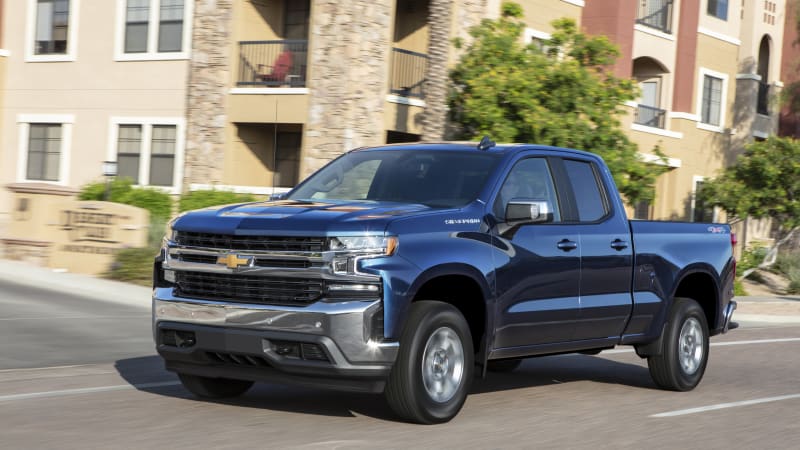Audi Repair Shop Doylestown
Call 267 279 9477 to schedule a appointment

The 2019
Silverado is hitting
soon, and one of the most notable changes for the new full-size pickup is the addition of
a 2.7-liter turbocharged inline-four
. The engine replaces the naturally-aspirated 4.3-liter V6 in volume consumer models like the Silverado LT and promises more power, less weight and — most importantly — better
. The thing is, the gains in efficiency haven’t been as dramatic as some might have hoped, especially when stacked up against competitors from
and Ram.
,
response is a little murky.
First, let’s talk numbers. We’re pulling all figures from
, the official U.S. government source for fuel ratings. Fuel economy numbers on trucks vary greatly based on a number of factors. Bed and cab configuration play a part, but so does a four-wheel-drive system. You also have to factor in tires, transmissions, rear-axle gearing,
systems and cylinder deactivation. Things like that can make the difference between best- and worst-in-class. The
website doesn’t give enough information a lot of the time, so there’s really no easy way to compare apples-to-apples.
First, take a look at the ratings for the 2019 Silverado. A 2.7-liter model with two-wheel drive is rated 20 city, 23 highway and 21 combined. That’s both better and worse than a two-wheel drive 2018 Silverado with the 4.3-liter V6 (18 city, 24 highway and 20 combined). The updated 2019 Silverado with a 4.3-liter V6 has yet to be rated. With less weight and a smaller engine, many hoped Chevy would make bigger gains. It’s unusual to see any decrease in a fuel economy metric these days. GM says that it’s not done tuning the new 2.7-liter engine, so fuel economy could theoretically increase.
Expanding further, a V8-powered 2019 Silverado (17 city, 24 highway and 19 combined) actually gets better highway fuel economy than a turbocharged four-cylinder powered truck in certain configurations, even if the latter has a better overall average. But that’s only with two-wheel drive, the 8-speed transmission and cylinder deactivation. A Silverado with the 5.3-liter V8 and a 6-speed automatic is rated at 15 city, 22 highway and 17 combined.
The biggest issue with the Silverado 2.7-liter doesn’t come from within GM itself but from Ford and Ram. GM cites the
with the 3.3-liter V6 and the
with the 3.6-liter V6 as the closest competitors to its new 2.7-liter inline-four. Again, it’s difficult to compare apples-to-apples, but this is as close as we can get. A 3.3-liter V6
is rated for 19 city, 24 highway and 22 combined. If you step up to the F-150 with the 2.7-liter EcoBoost V6 — an engine much more in line with the Chevy’s horsepower and torque ratings — highway fuel economy jumps as high as 26 mpg. A 3.6-liter V6 Ram 1500 is rated at 20 city, 25 highway and 22 combined.
The Silverado’s executive chief engineer Tim Herrick told
Automotive News
“don’t look at the label” and that Chevy is “as good or better than them in every step.” Real-world fuel economy results usually differ, as the EPA rates fuel economy based on a specific set of driving criteria. We haven’t spent enough time with the truck to tell if Chevy’s real-world results will be radically different. Put more simply, and as always, your mileage may vary.
Related Video:
from Autoblog https://ift.tt/2OSxptT
